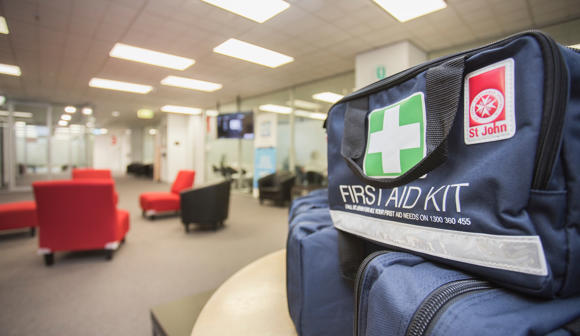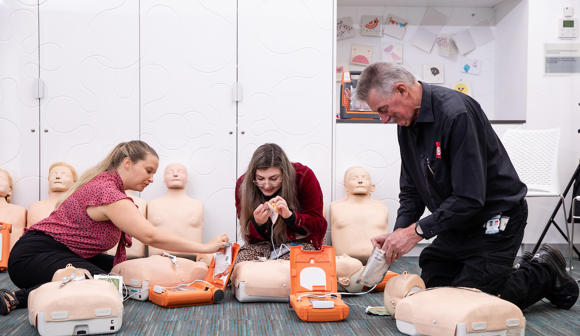Splinter First Aid, Sounds Simple Right? Know Our Best Splinter Removal Tips

Have you ever been sweeping the kitchen, raking leaves or chopping wood and with a sudden movement, you feel the uncomfortable jab of an unwanted splinter?
Splinter wounds can be incredibly tender and susceptible to infection so knowing how to provide the right splinter removal First Aid will ensure the incident does not progress into something more sinister.
What Is A Splinter?
Splinters are small objects that have broken off materials such as wood, glass, metal and plastic and have become inserted under the skin.
What Happens If You Get A Splinter?
The insertion of a splinter is often uncomfortable, so you are likely to notice immediately when you have one. However, sometimes the splinter and insertion can be so smooth you may not notice initially. Once it’s been brought to your attention it’s important to remove the splinter immediately to prevent infection and ensure removal is as easy as possible.

Splinter Removal First Aid Management
- Ensure you are wearing protective gloves or wash hands diligently with sanitizer to minimise infection
- Clean the area with sanitizer soap and water
- If the splinter is protruding from the skin, clench the splinter with sanitized tweezers and remove the splinter at the angle it was inserted

4. If the splinter is not protruding from the skin, expose the splinter by using a disposable splinter probe and then remove it as per instructions in step 3
5. Clean the area with an antiseptic swab and apply a transparent or adhesive dressing
6. Seek medical advice if:
- There is an increase in pain, redness or swelling in the area
- The splinter snaps or does not come out with ease
Prevention
There are many activities people participate in that have an increased chance of splinters occurring. It’s important to be diligent when exposed to any of these situations and environments:
- Always wear gloves when having contact with wooden equipment (brooms, rakes, wheelbarrow handles, outdoor furniture, railings)
- Always wear shoes on wooden decking or boardwalks
- Always wear shoes in an area where glass has broken
- Avoid contact with bushes, plants or prickles with thorns, spikes and rough edges
Splinters can be caused by a range of materials, activities and environments, so knowing how to apply the correct splinter removal First Aid will reduce pain and risk of infection.
Children are often susceptible to splinters when they climb trees, explore uncharted areas and touch random objects. Most children find splinters to be incredibly painful so it’s important you’re able to reassure them and remove the splinter with ease, as soon as possible.
When adults suffer from splinters it can be just as uncomfortable, depending on the material and area of insertion. The correct splinter removal First Aid techniques will minimise pain and avoid the onset of infection.
By knowing splinter removal First Aid you can ensure the inconvenient injury doesn’t progress into something more painful and menacing in the long term.

How to choose the right First Aid Kit for you
First aid kits can be a little daunting if you’re unfamiliar with what’s available. Will it have the right equipment, or enough of the right contents for me?
Read this article to find out how to pick a first aid kit based on your needs.

HLTAID011 PROVIDE FIRST AID
Suitable for both people in workplaces and members of the public who would like a comprehensive first aid course.

CARING FOR BABIES AND KIDS
Designed for parents and carers. Learn to manage basic first aid situations specific to babies and kids up to 7.
